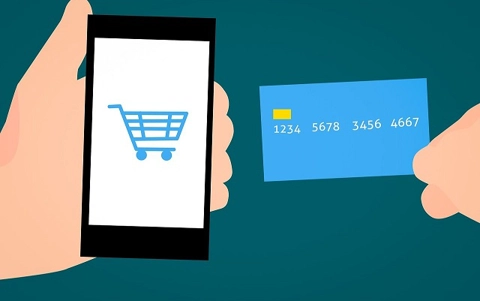Check out the checkout
This sequence of lessons explores how to incorporate user input, decision-making and loops in programming using the context of a shopping experience, particularly the checkout. It combines data in the form of a barcode and programming choices.
Additional details
| Year band(s) | 5-6 |
|---|---|
| Content type | Lesson ideas |
| Format | Web page |
| Core and overarching concepts | Algorithms, Implementation (programming) |
| Australian Curriculum Digital Technologies code(s) |
AC9TDI6P03
Design a user interface for a digital system
AC9TDI6P02
Design algorithms involving multiple alternatives (branching) and iteration
AC9TDI6P05
Implement algorithms as visual programs involving control structures, variables and input |
| Technologies & Programming Languages | Scratch |
| Keywords | Algorithms, Sequencing, Iteration, Branching, Barcodes, Inclusive education, Additional scaffolding, Socio/emotional |
| Organisation | ESA |
| Copyright | Creative Commons Attribution 4.0, unless otherwise indicated. |
Related resources
-

DIY micro:bit metal detector (Years 5-6)
This activity shows one way to incorporate Digital Technologies into a goldfields unit in an authentic way using a micro:bit.
-
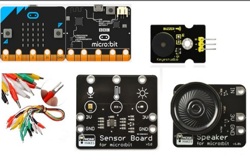
Classroom ideas: Micro:bit Environmental Measurement (visual programming) (Years 5-6)
This tutorial shows the coding needed for digital solutions of some environmental issues that can be created using pseudocode and visual programming.
-
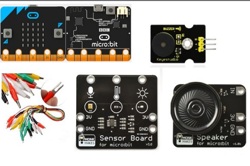
Classroom ideas: Micro:bit Environmental Measurement (visual and general-purpose programming) (Years 5-8)
Investigating environmental data with Micro:bits: This tutorial shows the coding needed for digital solutions of some environmental issues that can be created using pseudocode and visual programming.
-

Makey Makey Projects for Years 4-6
These lesson ideas demonstrate how to combine Makey Makey together with Scratch to create all sorts of interesting solutions with students, as well as teach the basics of circuity, conductive materials and algorithms.
-

CAS Barefoot
A broad collection of online resources to support teachers to develop and implement computational thinking, concepts and computer programming.
-
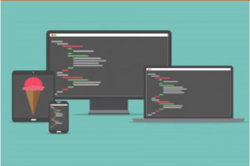
Coding in the Classroom
Through this website, educators can explore and share resources and strategies to teach coding.
-
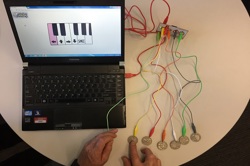
Makey Makey Orchestra
In this learning sequence students explore an orchestra and use Makey Makey to make a musical instrument for an ensemble.
-

Water Water everywhere!
In this lesson, students are presented with the challenging problem of measuring a volume of water using containers that are not the exact measurement size.
